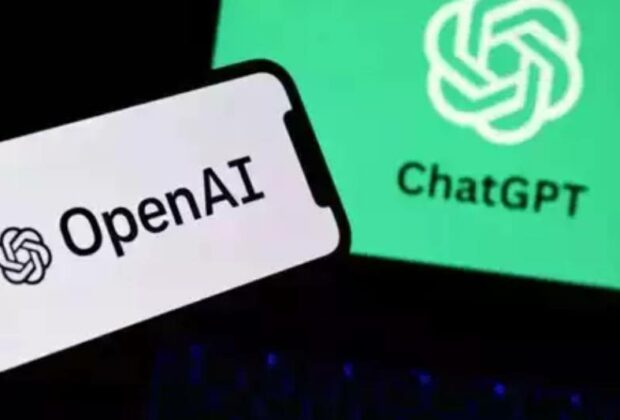OpenAI has confirmed it will release a new open-source AI language model in the coming months, marking its first public model release since GPT-2 in 2019. The move signals a shift in strategy for the company, which has largely kept its AI models proprietary since partnering with Microsoft.
The news came through a feedback form posted by OpenAI, inviting developers, researchers, and the public to share their input to help shape the model’s design and usefulness.
OpenAI Shifts Gears Toward Open Source
OpenAI has not released any open-source models since GPT-2, now operating on GPT-4.5 and advanced proprietary models like o1 and o3. After Microsoft’s $1 billion investment in 2019—followed by additional investments exceeding $13 billion—OpenAI kept its models exclusive to Azure users. However, this exclusive cloud arrangement ended in January 2025, paving the way for a new direction.
Open-Source Rivals Gaining Momentum
OpenAI’s decision follows the rising success of open-source AI models such as:
- Meta’s LLaMA, which has seen over 1 billion downloads since 2023.
- Mistral and DeepSeek, which have surged in popularity, even leading DeepSeek to restrict API access due to overwhelming demand.
Tech giants like Spotify and cloud platforms (AWS, Azure, Google Cloud) have integrated these models to enhance services, while Chinese firms like Alibaba, Baidu, and Tencent have released their own open-source models in response.
- Alibaba’s Qwen 2.5-Omni-7B processes text, images, audio, and video and is open-sourced on Hugging Face and GitHub.
- Baidu’s Ernie 4.5 and Ernie X1 aim to offer powerful reasoning and multimodal capabilities.
- Tencent’s Hunyuan T1 is positioning itself as a high-performance, affordable alternative to DeepSeek.
Meanwhile, AI startup Manus gained attention for its general-purpose AI agent powered by existing foundation models, further diversifying the open-source landscape.
With OpenAI now re-entering the open-source arena, the competition among global AI developers is expected to accelerate.








